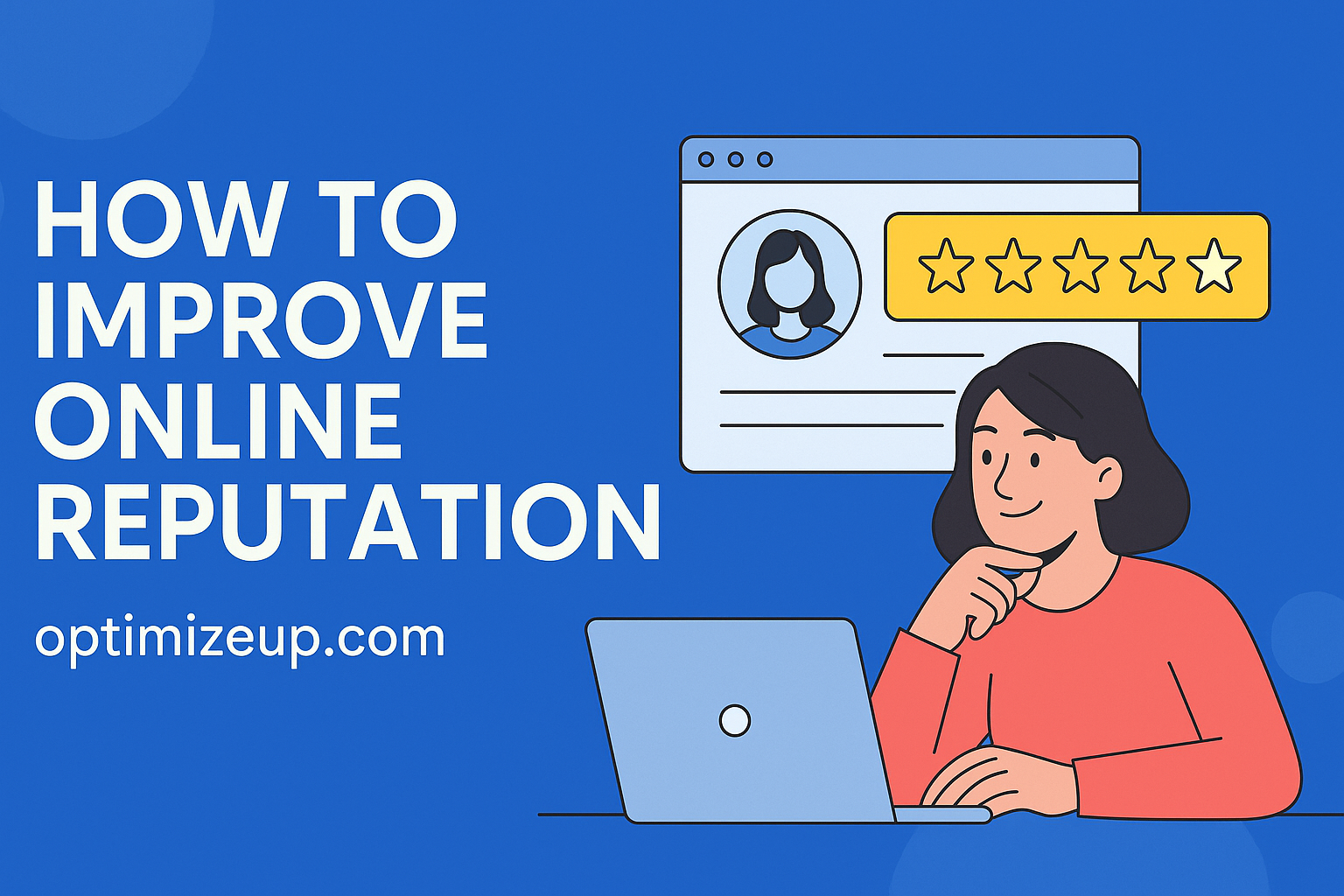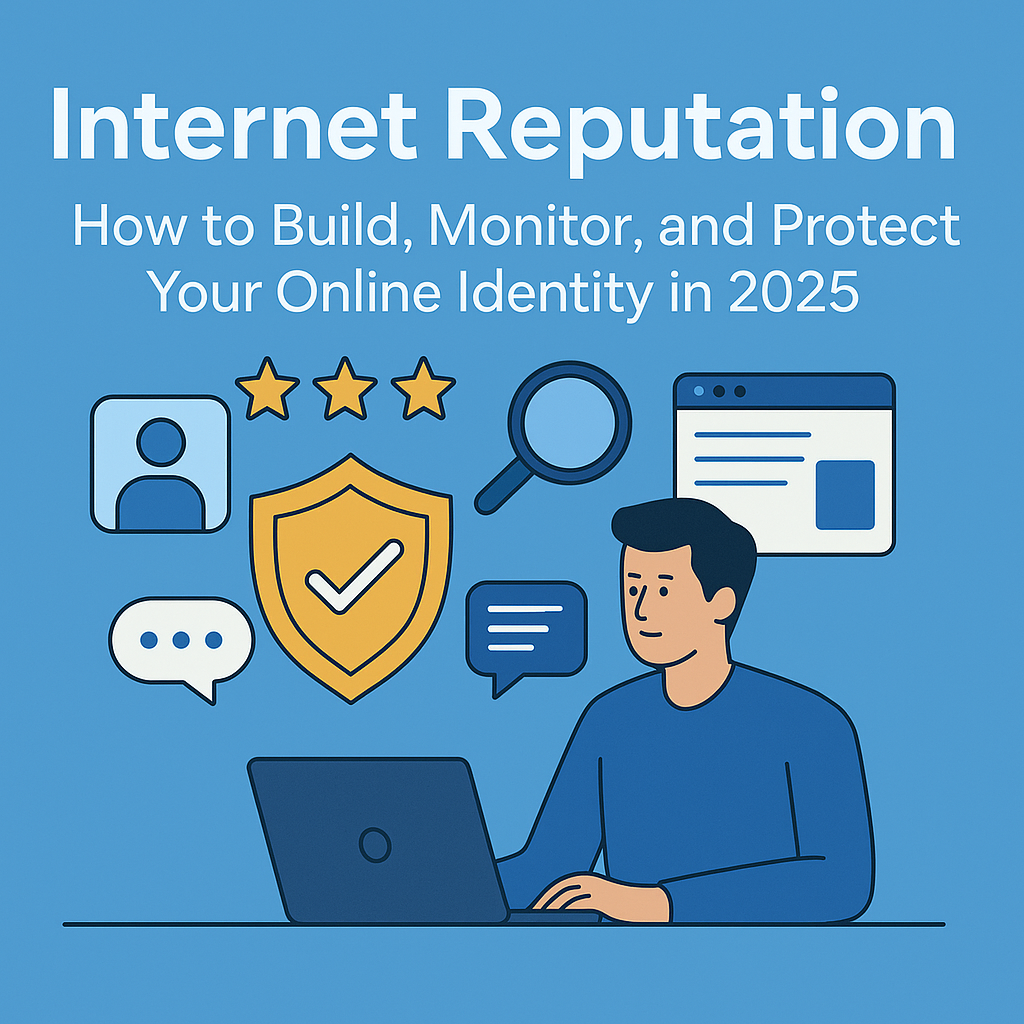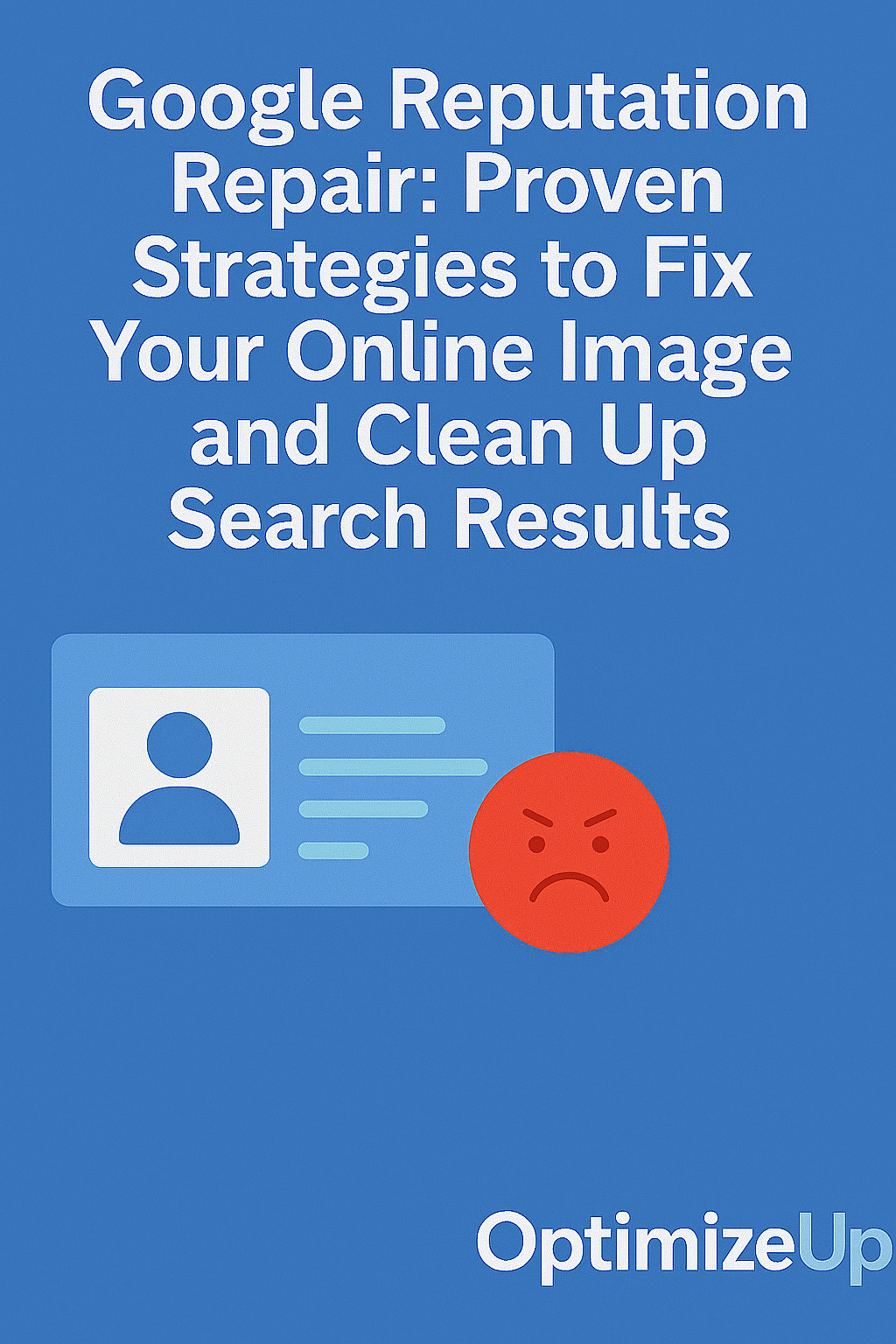Why Optimizing Social Media Profiles Matters for Branding
Your social media profiles often make the first impression—before a client meeting, job interview, or partnership conversation. Consistently optimized profiles across platforms:
- Enhance trust and authority
- Improve SEO and discoverability
- Drive traffic to websites or portfolios
- Increase engagement and connections
- Reflect a coherent and professional brand story
“An optimized social media presence can double your inbound inquiries and raise your perceived value.” — Forbes
Why Optimization Needs a Strategy
Optimizing social profiles is more than completing fields—it’s about positioning. Consider the following questions:
- What do you want your audience to understand immediately about your brand?
- What platforms are most aligned with your industry?
- What actions do you want visitors to take?
Creating goals for each platform (e.g., lead generation on LinkedIn, brand engagement on Instagram) ensures that your efforts are cohesive and goal-driven.
Key Elements of an Optimized Social Media Profile
1. Consistent Username and Handle
- Use the same handle across LinkedIn, Twitter/X, Instagram, TikTok, and YouTube
- Ideal format:
@yournameor@yourbrandname - Check availability with tools like Namechk
2. Professional Profile and Cover Photos
- Profile photos should be clear, well-lit headshots or logos
- Cover images should align with your branding and showcase achievements, services, or mission
- Add CTAs or taglines in cover banners to increase engagement
3. Clear and Keyword-Optimized Bio or Summary
- Include target keywords
- Mention your value proposition or what you do
- Use emojis or line breaks for readability
- Tailor each bio slightly to fit the tone and limitations of the platform
Example (LinkedIn):
Helping eCommerce brands grow with SEO | 10+ Years in Content Strategy | Speaker | Founder @OptiBrand4. Strategic Use of Links
- Add your website, landing pages, or Linktree
- Use UTM codes to track traffic from each platform
- Update links regularly for promotions, events, or content
- Use platform-specific landing pages to personalize the user journey
5. Branded Highlights and Story Covers (Instagram)
- Categorize and design Story Highlights to reinforce branding (services, media, testimonials)
- Maintain consistency in highlight cover design
Platform-Specific Optimization Strategies
- Banner Image: Feature your USP, company tagline, or portfolio
- Headline: Use 220 characters with keywords and accomplishments
- About Section: Write in first-person, storytelling format, include CTAs
- Experience: List achievements with metrics and multimedia attachments
- Featured Section: Showcase posts, media, certifications, or articles
- Skills & Endorsements: Prioritize relevant skills and request peer endorsements
- Recommendations: Collect and display testimonials
Twitter/X
- Bio: 160 characters to summarize expertise or brand purpose
- Pinned Tweet: Feature a high-engagement post or current promo
- Lists: Use to group relevant accounts (e.g., clients, journalists)
- Banner: Promote brand identity, podcast, service, or product
- Username/Handle: Avoid nicknames or confusing abbreviations
- Bio: Use line breaks, CTAs, emojis, and hashtags
- Username & Name Fields: Use real name and brand keywords for search visibility
- Grid Design: Maintain a cohesive color palette and brand voice
- Link in Bio: Use tools like Linktree, Later, or Milkshake
- Alt Text: Add alt text to posts for accessibility and discoverability
Facebook Page
- Page Categories: Choose the most relevant to your services
- CTA Button: Direct to bookings, signups, or messaging
- About Section: Include mission, services, and contact
- Content Strategy: Balance between community posts and promotional content
- Messenger Auto-Replies: Customize greetings and common questions
TikTok
- Bio: Short, engaging hook with keywords and CTA
- Pinned Videos: Showcase testimonials, best content, or case studies
- Custom Thumbnails: Add branded covers to each video
- Profile Link: Use a tracking link to measure TikTok conversion
YouTube
- Channel Art: Reflect your tagline, posting schedule, or offers
- About Section: Write in first person and include brand keywords
- Channel Links: Add website, socials, newsletter, or products
- Playlists: Group by topic or buyer journey stage
- Custom Video Watermark: Reinforce branding across all content
SEO and Discoverability Tips for Social Profiles
- Use consistent NAP (Name, Address, Phone) across platforms
- Add location (for local SEO) and industry-specific tags
- Embed profile links on your website with schema markup
- Interlink between platforms (e.g., link YouTube on LinkedIn)
- Maintain regular activity and use keywords in captions and alt text
- Include keywords in video metadata (title, tags, descriptions)
- Use branded hashtags and follow niche ones to grow reach
Branding Consistency Across Platforms
- Use same profile photo/logo and color palette
- Align messaging tone (casual, formal, enthusiastic, educational)
- Sync bios to emphasize similar achievements or positioning
- Post regularly using a shared calendar
- Respond in a brand-consistent voice across DMs and comments
Pro Tip: Build a brand style guide for visuals, hashtags, and voice. This ensures scalable, on-brand growth across all platforms.
Tools to Optimize and Manage Social Profiles
- Canva – Design banners, posts, and templates
- Buffer / Hootsuite – Schedule content and monitor engagement
- Later – Visual Instagram planning
- Linktree – Manage multiple links in one bio
- CoSchedule Headline Analyzer – Optimize profile headlines and taglines
- SocialBee – Automate cross-platform content delivery
- Brand24 – Monitor mentions and sentiment
Content Strategy to Support Optimized Profiles
Optimized profiles need content that supports and amplifies your brand. Focus on:
- Storytelling about your journey, wins, and values
- Behind-the-scenes posts that humanize your brand
- Client success stories, reviews, and case studies
- Sharing insights, research, or commentary on trends
- Educational carousels, video explainers, and how-tos
- Collaborations and mentions to cross-amplify reach
- Live video sessions to increase visibility and authenticity
- Short-form content (Reels, Shorts, TikToks) for reach
Create content categories (pillars) and rotate them weekly to maintain consistency without sounding repetitive.
Mistakes to Avoid When Optimizing Social Profiles
- Inconsistent bios or outdated links
- Posting without a content strategy or audience clarity
- Overuse of jargon or hashtags
- Ignoring DMs or engagement opportunities
- Not tracking performance (reach, clicks, profile visits)
- Over-automation with no human tone
- Using low-quality images or pixelated visuals
How Optimized Up Helps You Build a Strong Social Brand
At Optimized Up, we:
- Audit and rewrite social profiles for SEO and brand voice
- Design high-conversion banners, thumbnails, and highlight covers
- Create content calendars aligned to business goals
- Integrate social profiles into broader SEO and branding strategies
- Offer social media training to improve team consistency and tone
Let’s optimize your social presence and turn impressions into opportunities.
Frequently Asked Questions
At least quarterly. Update when roles, achievements, or brand focus change.
Yes. Properly optimized profiles rank in Google and enhance E-A-T (expertise, authoritativeness, trustworthiness).
Tailor tone and format, but keep key messaging and keywords consistent.
Profile visibility can improve in days; engagement and authority build over time (weeks to months).
Monitor profile visits, engagement rates, CTRs on bio links, follower growth, and branded search queries.
MLA Citations:
Henderson, Tara. The Social Strategy Playbook: Building Brand Power on Every Platform. Insight Press, 2024. “Social Media Optimization for Branding.” Forbes Communications Council, 2024, www.forbes.com. “Maximize Your Social Bio.” Hootsuite Blog, 2024, www.blog.hootsuite.com. “How to Build a Consistent Social Presence.” Sprout Social Insights, 2024, www.sproutsocial.com.





